In 2007 when I started the Couch to 5K program, I always referred to my activity as “jogging”.
It wasn’t an inaccurate term, but I used it because the word “running” intimidated me.
I wasn’t a “runner”. Runners were an elite group of people who could run a mile in grade school (I was so far removed from school sports, I thought that was the longest anyone ever ran), ran on the weekends for hours without any coercion, and always smoked past the non-runners (me) with little effort. Those were runners.
I was just… y’know, trying to jog in 90 second intervals.
Reach Your Next Level in Running with a Paradigm Shift
At the end of Couch to 5K when I jogged 30 minutes straight without stopping, I was awash in my glory. I pumped my fists in the air. There were trumpets. I grinned all the way home. I had jogged for HALF OF AN HOUR! I hadn’t traversed much distance (shh, don’t tell past-me that), but I had done it.
I thought that perhaps this was a sport that could be learned, or at least tolerated, by non-runners. And I understood why runners did it, it felt great afterward. Maybe we weren’t completely different breeds after all.
In 2013 when I started “jogging” again, I became attracted to long distances. If I felt that good after running for 30 minutes or over an hour for a 10K, then imagine how I’d feel after running a marathon? Distances became my new goal, I wanted to go farther and farther.
I warmed up to the idea that I was “running” now, because whoever heard of “long distance jogging”? No Average Joe says that they “jogged a half marathon”. I figured these distances defaulted to the activity of running.
BUT! I only performed the activity of running, I wasn’t a “runner”. Runners are fast and know what they are doing. Runners don’t need constant training plans or else melt into a puddle of indecision. I wasn’t a runner. Runners were actually good at what they do. I was just trying to make do.
Paradigms or semantics?
To someone outside, this might seem like worthless semantics by the hyper-devoted. Before I ran, I would throw it back into a person’s face if they denied the runner label. To me, if you ran, you were a runner. I didn’t understand the nuances of people’s confidences and abilities in their preferred sport.
But, as someone who thought she was incapable of running, who couldn’t run a quarter of a mile, who’s motto was “I don’t run unless an angry bear is chasing me, and mind you, she must be angry” to my current self who now writes about running every day… let’s just say it’s taken me a while and a few shifts in perspective (and semantic labels) to get here.
In 2014 I had to update my Road ID, which is wearable identification for emergencies. There was an extra line to engrave and the company suggests adding something inspirational. I wrote, “You are a runner.”
It was an aspiration. I felt like I could look at that, and maybe, sorta, eventually believe it. I began considering the implications of the words and how a “runner” would do things differently than what I was doing.
When they emailed me confirmation, they said I had a few days to change anything on the engraving. Did I dare? I took a deep breath, hit reply, and asked them to change my engraving:
“You are a fast runner.”
Might as well dream big.
Higher Dimensions in Running
In my high school Geometry class, we read a novella called Flatland (in public domain, free to read). Flatland is a two-dimensional world whose inhabitants are geometric shapes that lay on their faces. They have a government, culture, physical rules, etc. One day someone of three dimensions visits and tries to convince them dimensions numbered above their own exist. They refuse to believe and they refuse to change.
Just recognizing there was a dimension called “fast running” opened me up to new changes and new work.
A fast runner would need proper nutrition, choosing an apple over chips on occasion. She would need to limit alcohol the evening before a long run. She would work really hard in this training session.
And after those changes, I found more. A fast runner would need a strong mileage base. She would need to work on speedwork. She could try running drills to improve her form.
Just daring to write those 5 words on a bracelet opened me up for better decisions and eventually living in a different perspective.
Now, we can go into this relativity mess we call “fast” and “slow”, what we should label my speed, and if I’ve achieved “fast” — but let’s not. Let’s focus on the fact that stepping outside my comfort zone (I didn’t want anyone to know what I had engraved on my ID!) to consider an “ideal” that I had previously dismissed, helped me. It took many shifts in perspective to think that I could run at all. It’s possible I’m a few shifts away from other potentials.
So, I’m a fast runner (she types with still some trepidation).
If you refuse to look outside your dimension and acknowledge other possibilities, how can you ever arrive there?
Your steps toward something big, scary, and awesome do not have to be giant steps. Reach your next level in running with your own paradigm shift. Sometimes just peeking around the corner is enough to set you on course. Entertain the thought and start doing the work toward and around it, and it might not be as impossible as it seems.

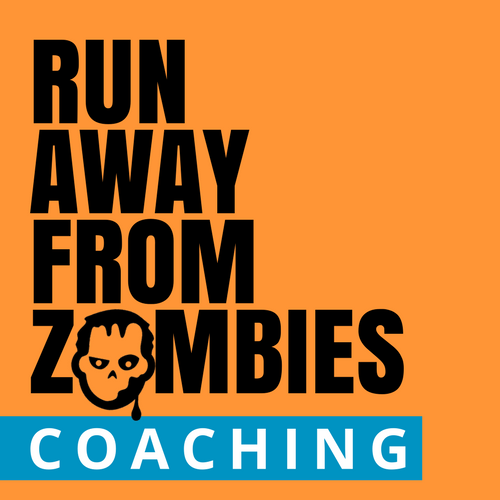
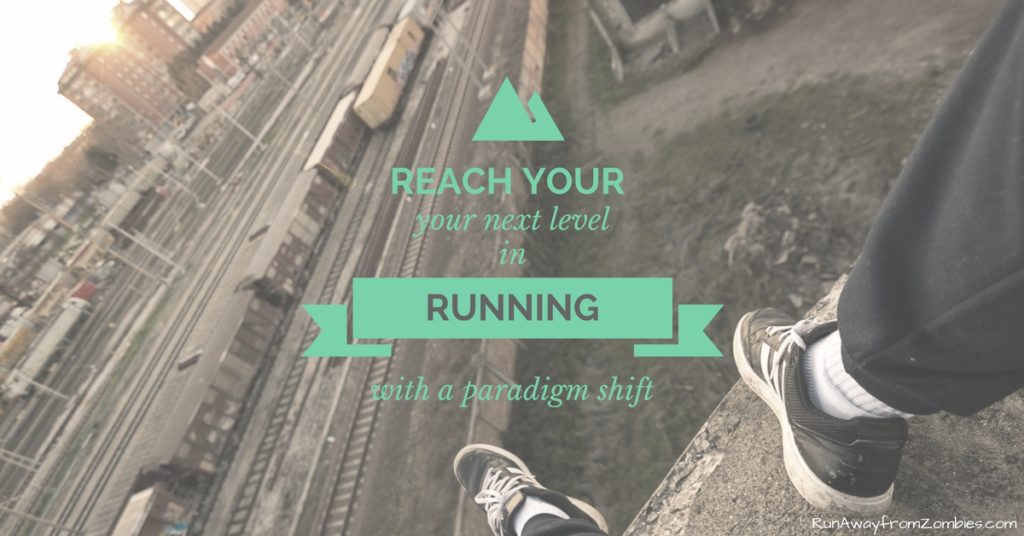

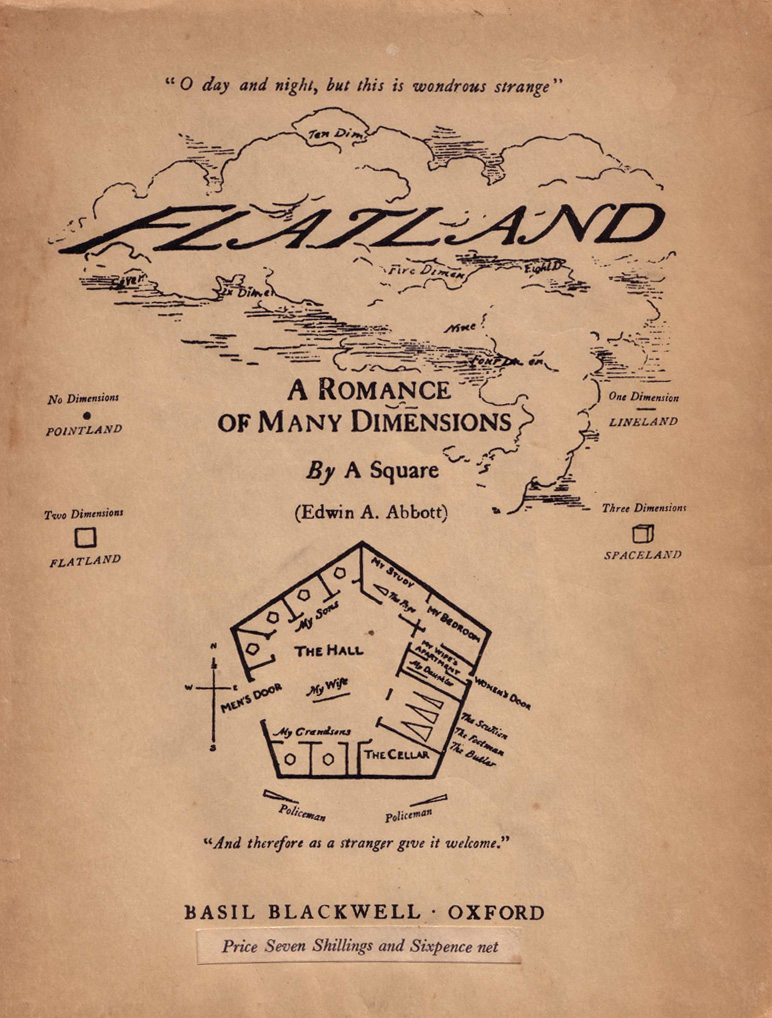
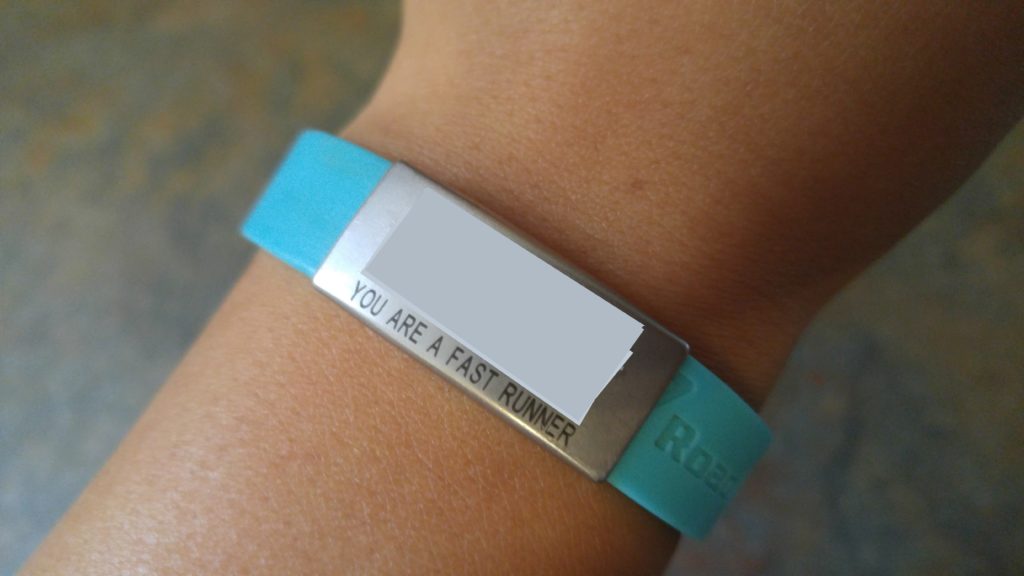


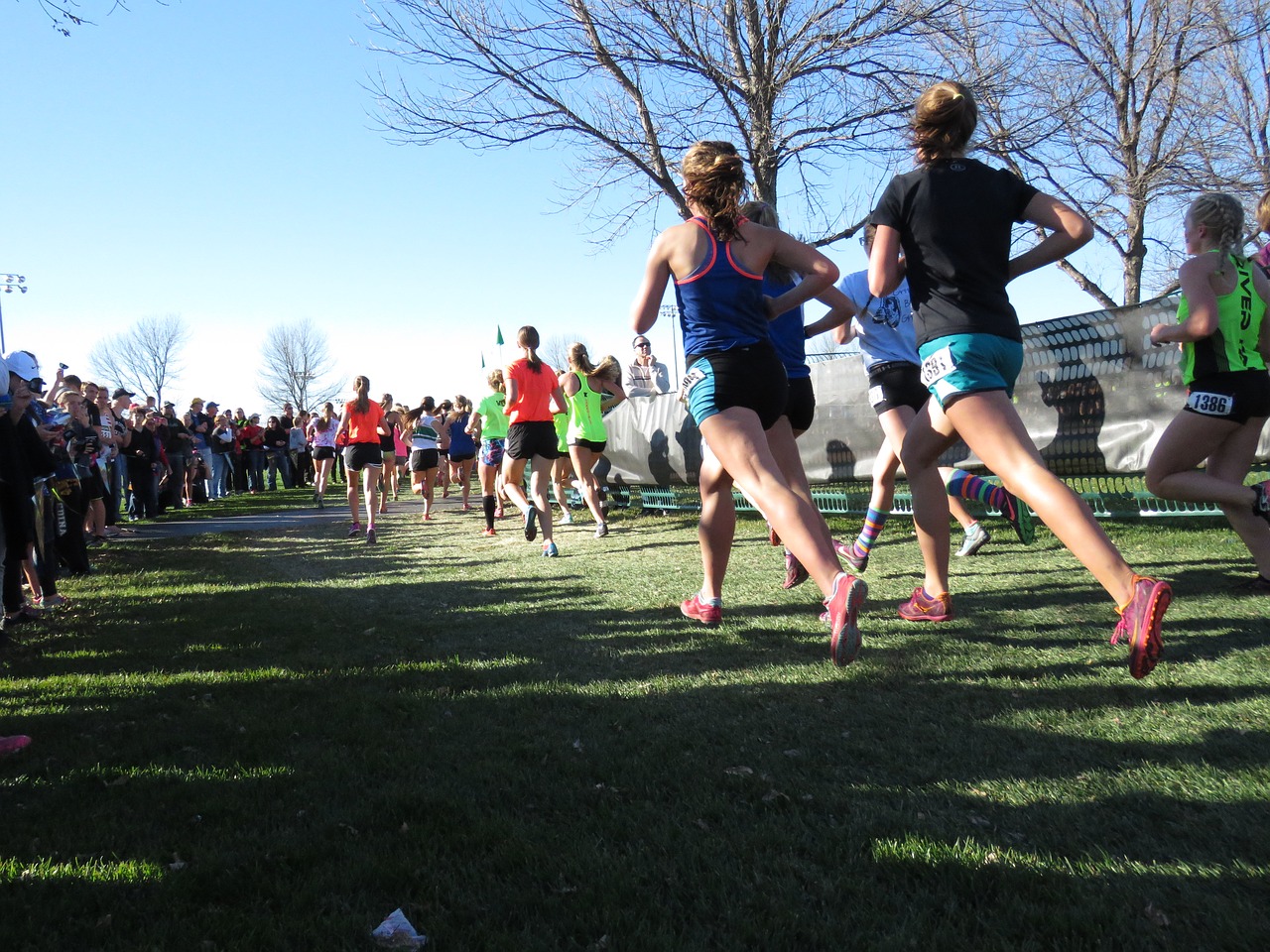
Funny, I had the same issue, I would never say I was a runner I would say I’m going out for a jog and 15 miles later I would be done with my jog. Well come to find out with my time being 2 hours for a 1/2 that is pretty fast for a non trained 50 year old. So I changed my stance about a year ago also now I say I’m going out for a run.
I sometimes correct myself if I told someone “I went for a run” and it wasn’t very fast I say “well, a jog” . Either way I am happy that I got it done that day!
…yesterday I think went for a “slog”! It was just too hot!
Yes, I’ve had a problem calling myself a runner because I’m so slow. 🙂 But I now embrace that its not about speed for me. Great post! And best wishes on your marathon training. I’m training for my first marathon now.
I think “slow” is good for long distance. Us slow runners don’t have to wonder if we’re going out too fast and going to crash.
Thanks for the feedback and well wishes. Good luck on your first marathon. It’s an experience like no other!
LOL! I agree about the crash. 🙂
My marathon is on January 1st. I don’t have to travel far its about 45 minutes or so from my house. But I am wrestling with whether I should get faster before going for the full. I’m done many many half marathons and its tempting to stay with them and work on speed.
For now, I’m focusing on the race(s) ahead. Take care!
Great article! We will be linking to this particularly great content on our site. Keep up the great writing.